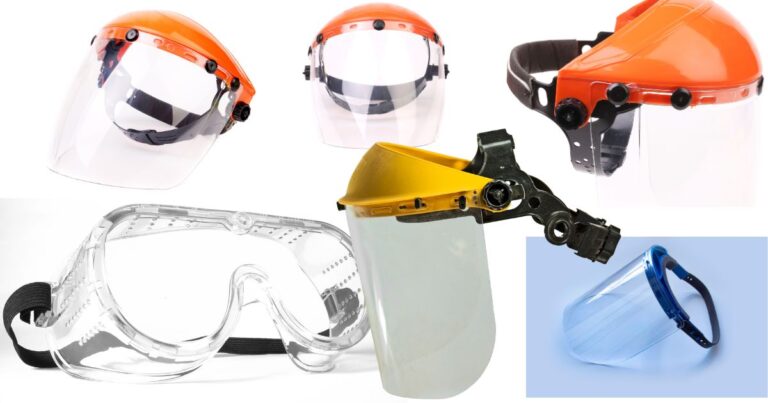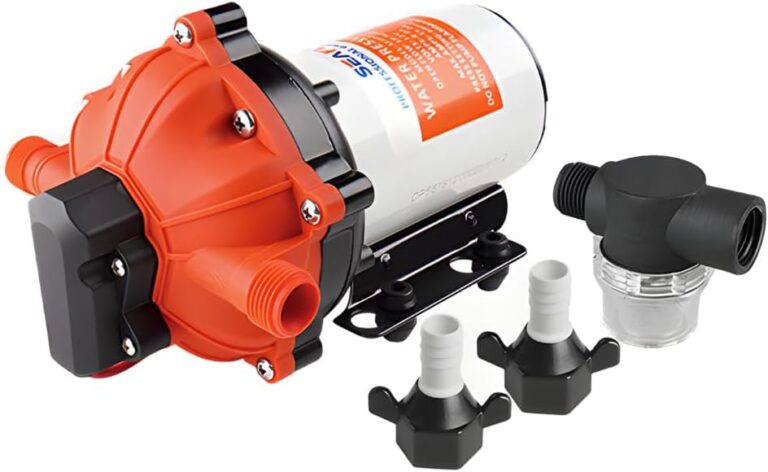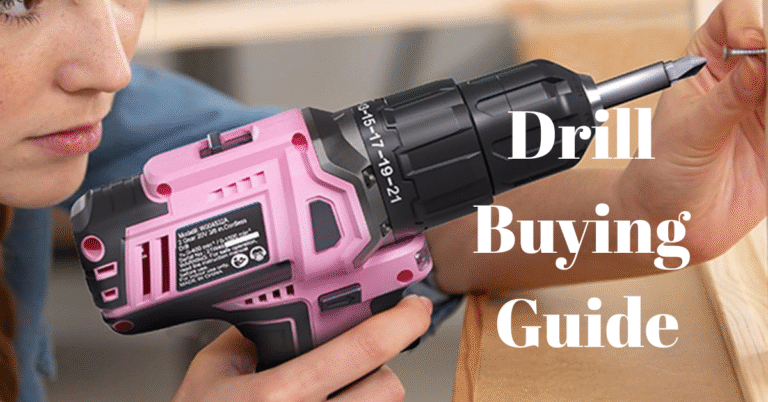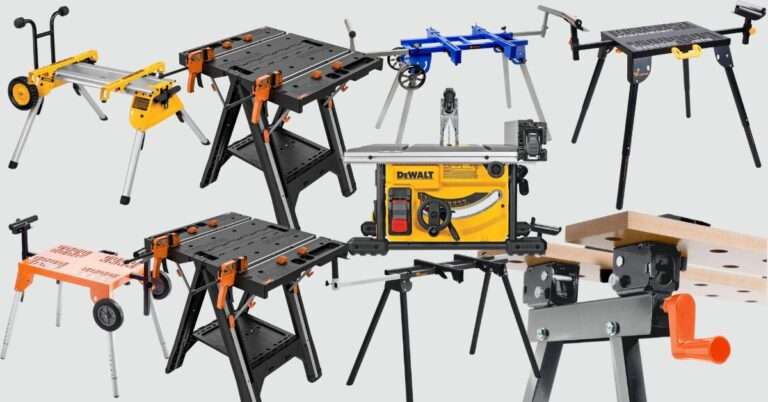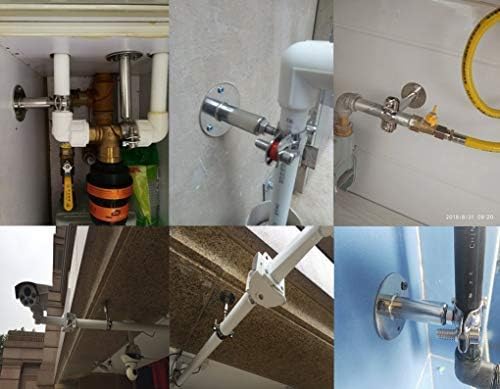Step-by-Step Guide to Chainsaw Maintenance
If you own a chainsaw, whether for tree cutting, firewood prep, land clearing, or DIY projects, one thing is sure: regular chainsaw maintenance is non-negotiable.
A well-maintained chainsaw performs better, lasts longer, and keeps you safe during use.
In this comprehensive guide by Borehole Flow, we’ll walk you through cleaning, inspecting, sharpening, and storing your chainsaw—whether you use it once a week or once a season.
We independently evaluate all of our recommendations. If you click on the links we provide, we may receive compensation.
Table of Contents
- 1 Why Chainsaw Maintenance Is Important
- 2 Safety First: Always Start Here
- 3 Tools and Supplies You’ll Need
- 4 Daily Chainsaw Maintenance Checklist
- 5 Weekly or Frequent Chainsaw Maintenance Tasks
- 6 Monthly or Seasonal Chainsaw Maintenance (Deep Clean)
- 7 How to Store Your Chainsaw Properly
- 8 Common Chainsaw Maintenance Mistakes to Avoid
- 9 Chainsaw Troubleshooting Quick Guide
- 10 Conclusion: Make Chainsaw Maintenance a Routine
Why Chainsaw Maintenance Is Important
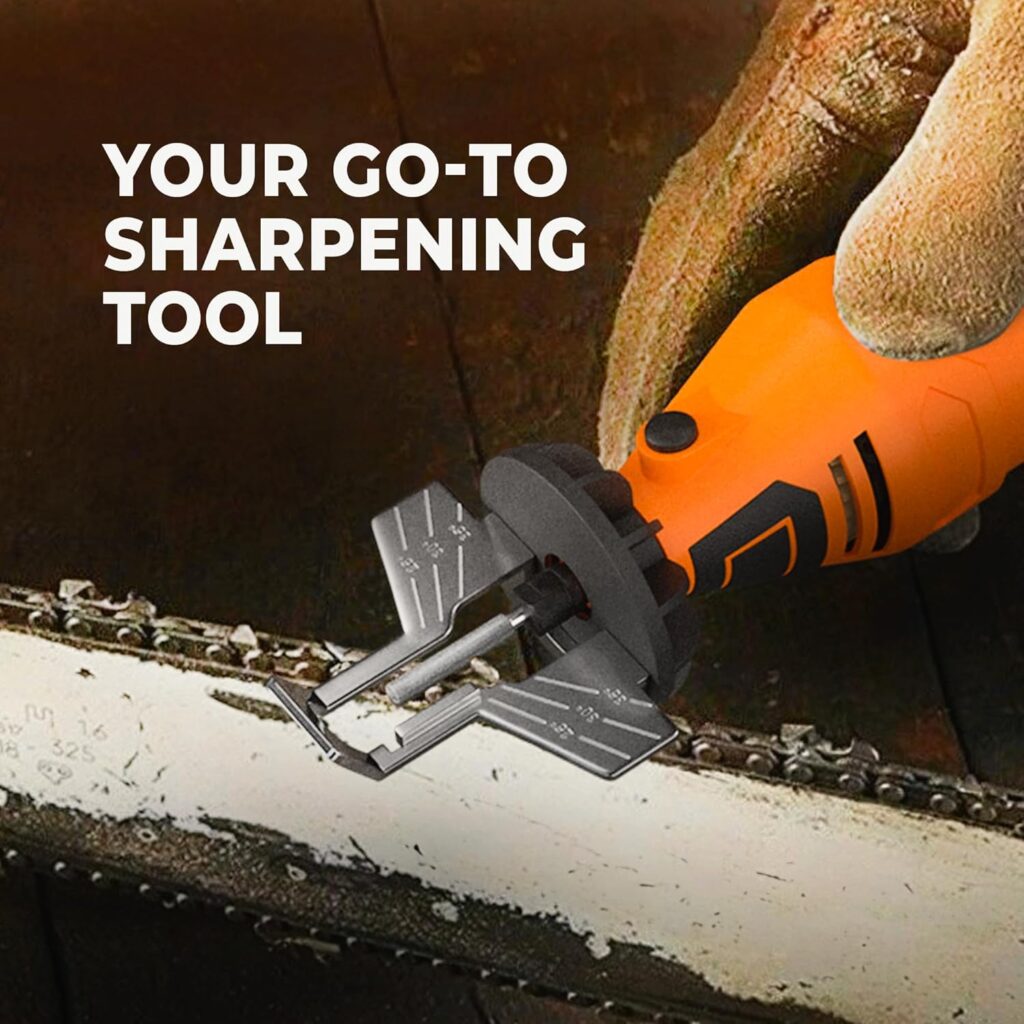
Ignoring chainsaw maintenance can lead to the following:
- Poor cutting performance
- Excessive fuel consumption
- Chain derailment or bar damage
- Difficulty starting the engine
- Dangerous kickbacks and breakdowns
Following this guide will save money on repairs and keep your chainsaw running like new for years to come.
Safety First: Always Start Here

Before doing any maintenance, take the following precautions:
- Turn off the chainsaw and let it cool completely.
- Disconnect the spark plug wire or remove the battery (for electric models).
- Wear gloves and safety glasses to protect your hands and eyes.
- Work in a clean, stable, and well-ventilated space.
Tools and Supplies You’ll Need
Keep these items handy:

- Scrench (combination screwdriver/wrench)
- Round file with a file guide
- Flat file
- Chain and bar oil
- Degreaser or mild soap
- A soft brush or air compressor
- Clean rag
- New spark plug and air filter (if needed)
- Fuel mix (for 2-stroke gas chainsaws)
Daily Chainsaw Maintenance Checklist
Perform this after every use to avoid buildup and wear:
1. Clean the Exterior
Wipe down the chainsaw body using a damp cloth to remove dust, sap, and sawdust.
2. Inspect the Chain Tension
- A loose chain can derail and cause injury.
- A tight chain can overheat and wear out fast.
Test: The chain should snap back when pulled slightly from the bar. Adjust using the side tensioner screw.
3. Check Chain Sharpness
- A dull chain produces fine sawdust instead of wood chips.
- It also requires more pressure and causes fatigue.
Sharpen if needed (details below).
4. Top Up Chain and Bar Oil

Running your chainsaw without oil causes the chain and bar to overheat, warp, or break. Always refill before operation.
5. Clear Debris from Air Intake and Sprocket Area
Use a brush or air blower to clean the air vents, bar groove, and chain sprocket cover.
Weekly or Frequent Chainsaw Maintenance Tasks
For regular users, these tasks should be done every week or every 10 hours of use:
1. Sharpen the Chain
Use a round file and guide. Follow these tips:
- File each cutting tooth the same number of strokes
- Maintain the correct angle (usually 25° to 35°)
- Don’t forget the rakers (depth gauges) – use a flat file and depth gauge tool
📝 Tip: Replace the chain if teeth are uneven, cracked, or severely worn.
2. Clean or Replace the Air Filter
Dirty air filters reduce engine efficiency. Here’s how to clean it:
- Remove and tap gently to dislodge debris
- Wash with soapy water if reusable (foam filters)
- Dry completely before reinstalling
- Replace if it’s paper-based and clogged or torn
Read more >>> How to Sharpen a Chainsaw Chain Like a Pro
3. Check the Spark Plug

- Remove the plug with your scrench
- Clean light deposits with a wire brush
- Replace the spark plug if the tip is black or corroded
- Set the correct gap using a feeler gauge (refer to your chainsaw manual)
4. Inspect and Clean the Guide Bar
- Look for uneven wear or burrs on the edges
- Use a flat file to smooth out any damage
- Flip the bar regularly to ensure even wear
- Clean the oil holes and chain groove
Monthly or Seasonal Chainsaw Maintenance (Deep Clean)
If you use your chainsaw heavily or are putting it in storage, perform the following:
1. Clean the Carburetor and Muffler
Remove the cover and gently clean the carburettor housing. Clean carbon buildup from the muffler and spark arrestor screen.
2. Inspect the Fuel Filter and Fuel Line
Replace the fuel filter if you see debris or sluggish fuel flow. Check hoses for cracks or leaks.
3. Lubricate the Clutch Drum and Bearings
Some chainsaws require periodic greasing. Check your model’s manual.
How to Store Your Chainsaw Properly
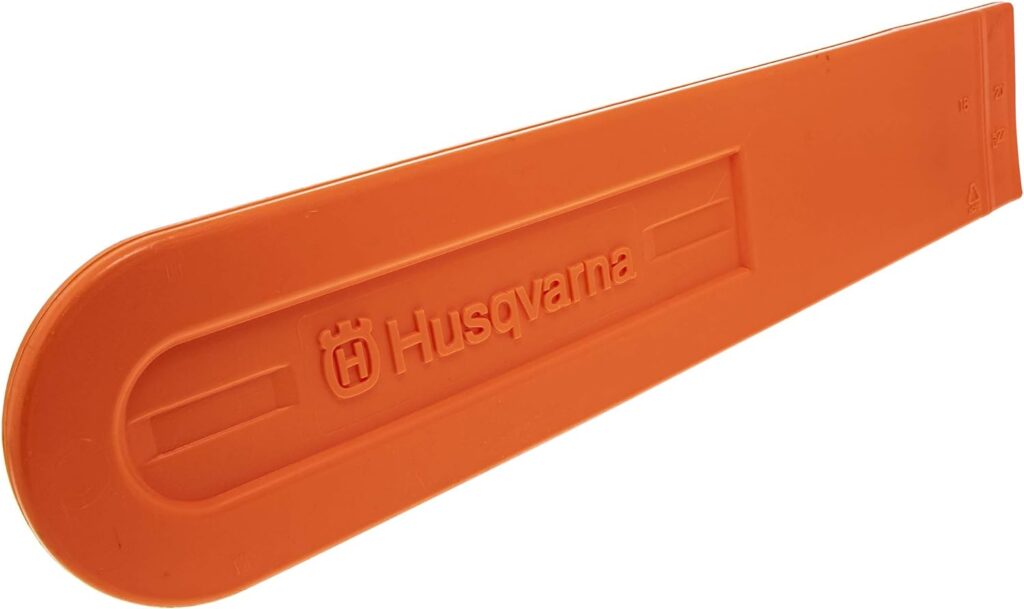
Whether it’s the off-season or just between jobs, storage matters:
- Empty the fuel tank (or add a fuel stabilizer for long storage)
- Remove the chain and bar, and clean them thoroughly
- Apply oil to prevent rust
- Store in a dry, shaded, and secure location
- Use a case or blade guard for extra protection
Common Chainsaw Maintenance Mistakes to Avoid
Avoid these costly and dangerous habits:
- Running without chain oil
- Filing the chain unevenly
- Forgetting to clean the air filter
- Ignoring small leaks or cracks
- Leaving old fuel in the tank
- Using the wrong fuel-to-oil mix
Chainsaw Troubleshooting Quick Guide
Here’s how to fix common chainsaw issues:

Conclusion: Make Chainsaw Maintenance a Routine
Chainsaw maintenance doesn’t have to be complicated. With a regular routine and the right tools, you’ll boost your saw’s performance, keep yourself safe, and avoid costly repairs.
📌 Action Step: Download our printable chainsaw maintenance checklist and post it in your workshop or shed!
🔗 Looking for More Power Tool Tips?
Check out our other guides on tools, machinery, and safety & protective gear—only on boreholeflow.com!
🚀 Check out:
